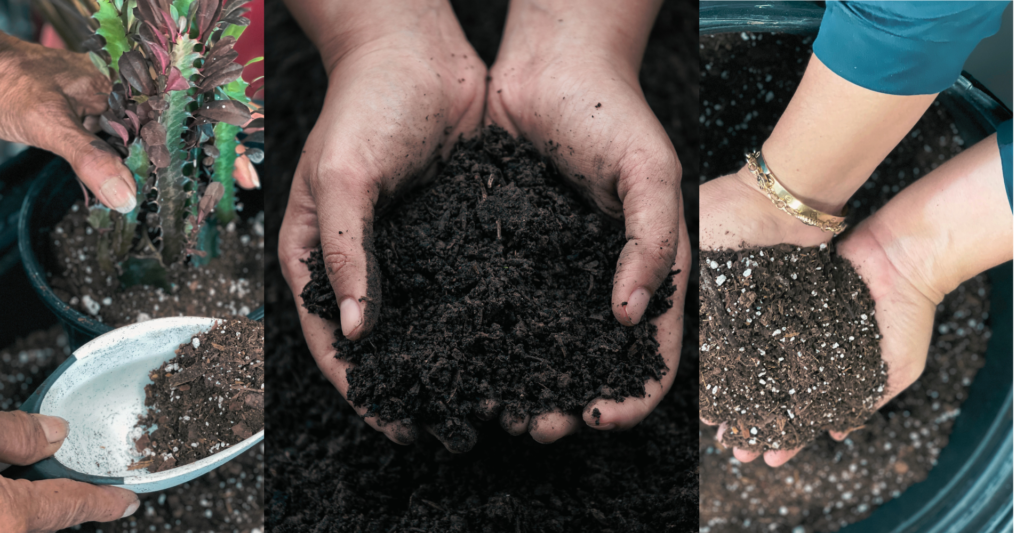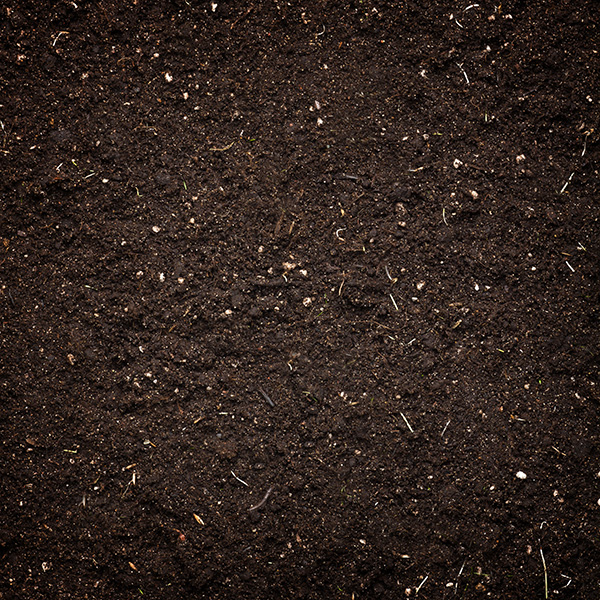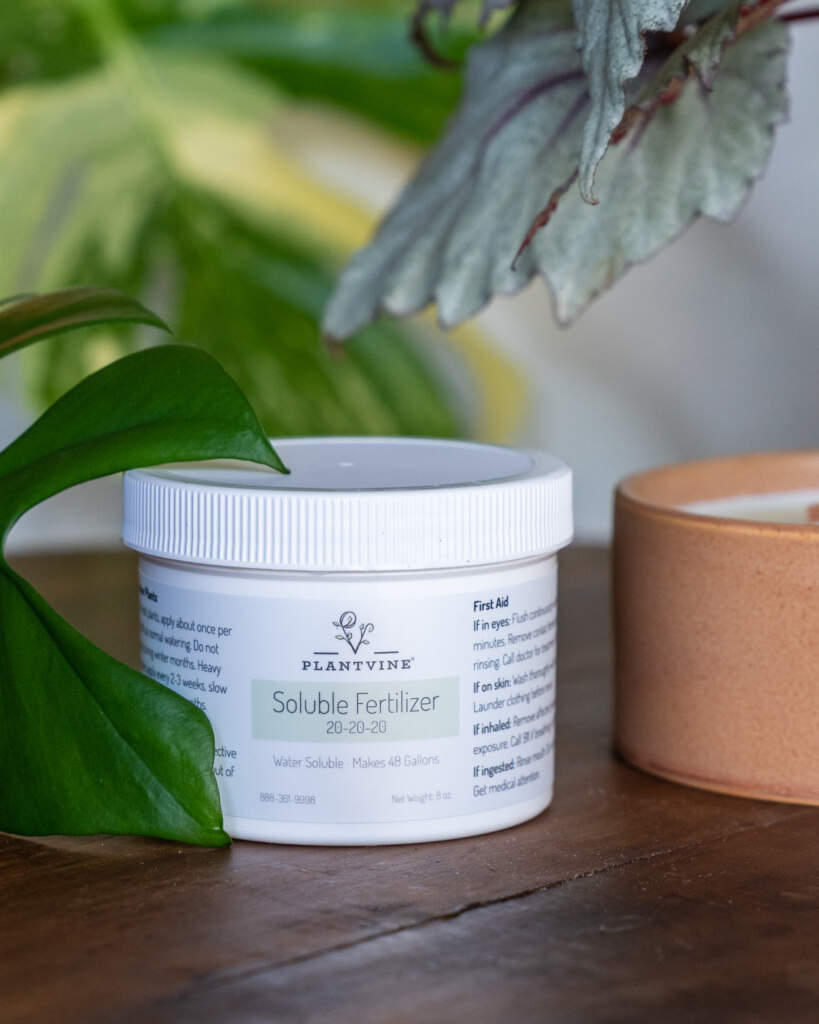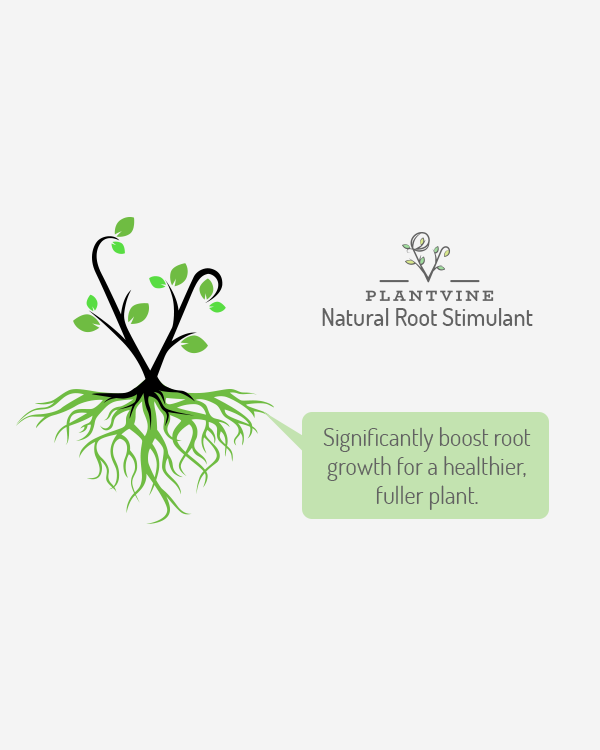
Indoor plants can be your little pieces of living, breathing decor, with the added perks of purifying your air and lifting your spirits. However, thriving indoor plants begin with the right foundation—proper potting soil. Not all plants crave the same soil environment; thus, understanding the soil ingredients and their roles is crucial. Let’s cultivate some soil knowledge for our green companions!
Understanding Soil Composition:
Potting soil is a blend of organic and inorganic elements providing nutrients, aeration, drainage, and support. The primary components usually include:
- Organic Matter: Supplies essential nutrients and retains moisture.
- Sand: Enhances drainage and aeration.
- Vermiculite or Perlite: Improves water retention and aeration.
Tailoring Soil to Your Plant’s Needs:
Each plant species has unique needs. Succulents and cacti thrive in quick-draining, gritty mixes, while ferns adore moisture-retentive, organic-rich mediums. Customizing soil for individual plant types ensures their longevity and prosperity.
Balancing pH: A Gateway to Nutrient Utopia
The pH level, indicating the acidity or alkalinity of the soil, plays a pivotal role in nutrient availability. A neutral pH range is around 6.0 to 7.0, suitable for most indoor plants, but some may prefer slightly acidic or alkaline soils.
- Acidic Soil: Optimal for plants like azaleas and ferns.
- Alkaline Soil: Best suited for plants like the spider plant and African violets.
Adjusting Soil pH:
- For Acidity: Incorporate sulfur or organic matter like pine needles or peat moss.
- For Alkalinity: Add lime or wood ash.

Organic Indoor Soil Mix
Watch your indoor plants flourish with PlantVine’s Organic Indoor Soil. This is our best all-purpose mix for the demanding requirements of indoor potted plants. The perfect combination of quality ingredients provides the ideal amount of water retention, drainage and aeration for a wide variety of interior plants. This is an all natural product containing no artificial fertilizers or chemicals. Each bag contains 128 oz of soil.
Repotting:
6” pot into an 8-10” planter: About 1.5 bags
8-10” pot into a 12-14” planter: About 3 bags
Crafting the Perfect Soil Mixes:
1. Succulents and Cacti:
These desert dwellers prefer well-draining, less compact soil.
- Mix: 3 parts potting soil, 2 parts coarse sand, 1 part perlite.
- pH Balance: Slightly acidic to neutral, around 6.0 to 7.0.
2. Ferns:
Ferns favor moisture and organic-rich soils.
- Mix: 2 parts peat, 1 part pine bark, 1 part perlite or sand.
- pH Balance: Slightly acidic, around 5.0 to 6.0.
3. Aroids (Philodendrons, Monsteras):
Aroids thrive in well-aerated, nutrient-rich soils.
- Mix: 1 part potting soil, 1 part orchid bark, 1 part perlite.
- pH Balance: Slightly acidic to neutral, around 5.5 to 7.0.

Soluble Fertilizer
Great for indoor and outdoor potted plants, this fertilizer quickly dissolves in water, making fertilizing as quick and simple as possible. Just mix 1 teaspoon (scoop included) with 1 gallon of water, and water as normal. Makes 48 gallons.
Maintaining Optimal Soil Health:
1. Monitor Moisture Levels:
Overwatering is a common plant killer. Use a moisture meter or stick your finger into the soil; if the top 1-2 inches are dry, it’s time to water.
2. Regular Soil Aeration:
Compacted soil restricts root growth and water penetration. Regularly loosen the soil gently around the plant base with a fork or a stick.
3. Nutrient Replenishment:
Over time, plants exhaust soil nutrients. Replenish by adding compost or a balanced, slow-release fertilizer every few months.
4. Seasonal Soil Amendments:
Some plants prefer different soil conditions in varying seasons. For example, adding more organic matter before the growing season can boost plant growth.
5. Regular Repotting:
Repot your plants every 1-2 years or when roots start circling around. It will refresh the soil and give more room for growth.
Click here to read more about repotting your plants.
6. Disease and Pest Management:
Watch out for signs of pests and diseases like mold growth or discolored leaves. Remove affected parts and treat the plant with organic pesticides or fungicides if needed.
Click here to learn more about identifying and eliminating common pests.

Natural Root Stimulant
Natural probiotics, organics, and moisture control gel boost root growth. Invigorates existing plants, reduces transplant shock and accelerates establishment of new plants. This all natural product will not burn roots.
When Transplanting: Apply between new soil and plant so stimulant touches root ball.
For Existing Plants: Apply stimulant 2-3 inches below top of soil.
Use the proper amount for each pot size:
6″ Pot: ½ Pack
8-10″ Pot: 1 Pack
12-14″ pot: 2 Packs
Conclusion:
Curating the perfect potting soil for your indoor plants can seem like a meticulous task, but it’s a labor of love, ensuring your plants lead a happy, healthy life. By understanding and catering to the unique soil needs of each plant type, maintaining the right pH balance, and regularly tending to soil health, you can create an optimal environment for your indoor plants to flourish. Whether you are a novice plant parent or a seasoned plant collector, consider the soil as the foundation for a thriving indoor garden, allowing you to cultivate not just plants, but moments of joy and serenity within your living space.


